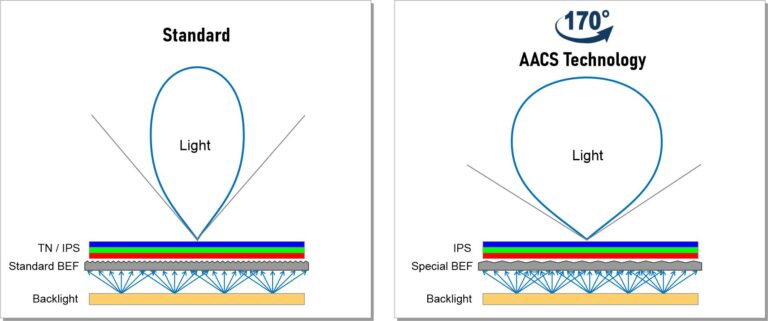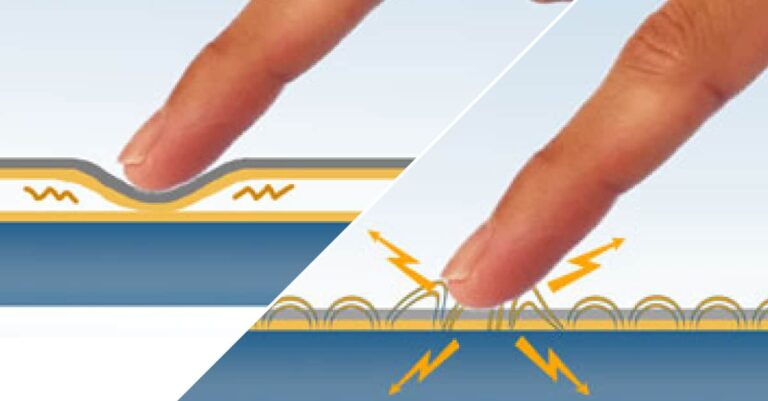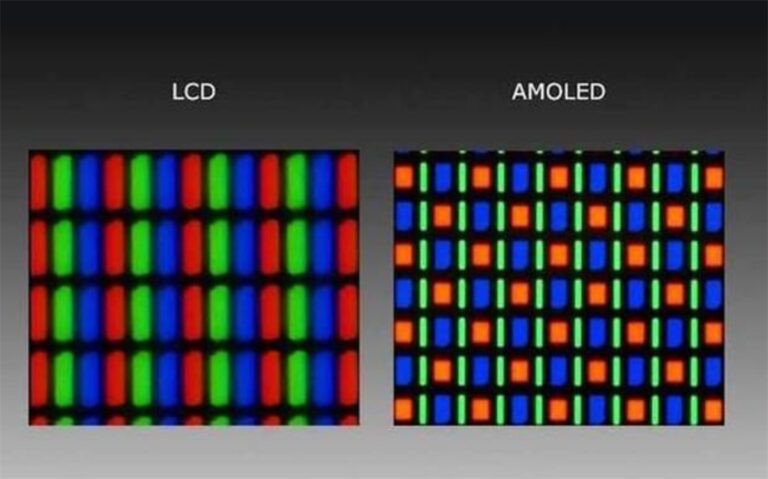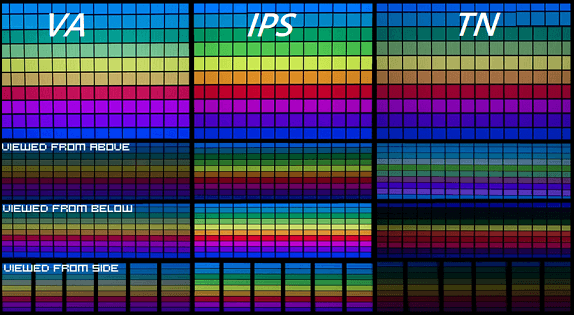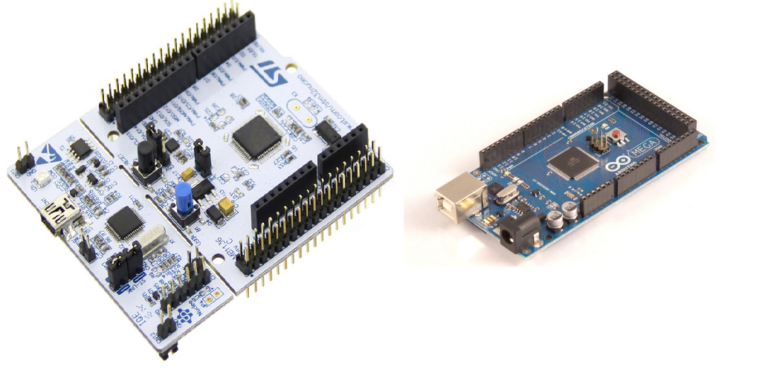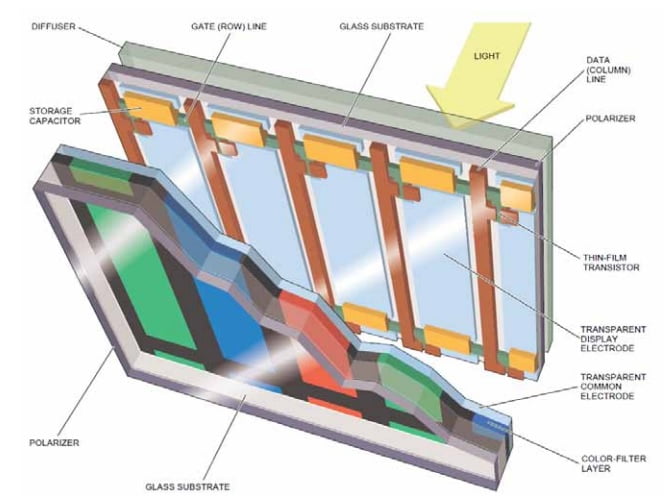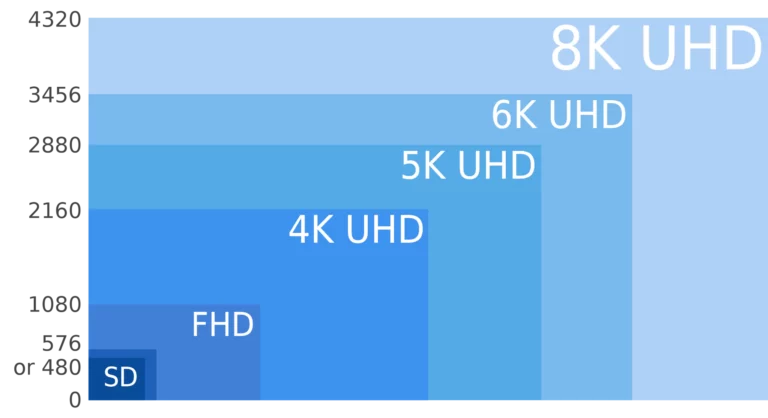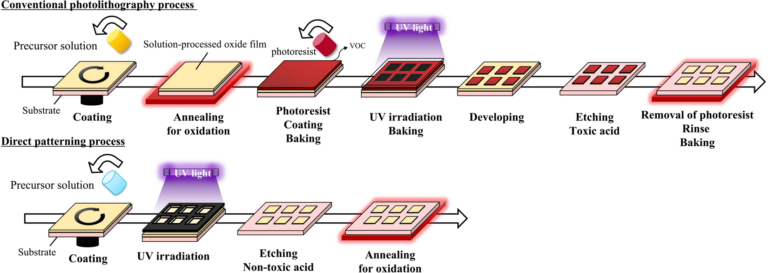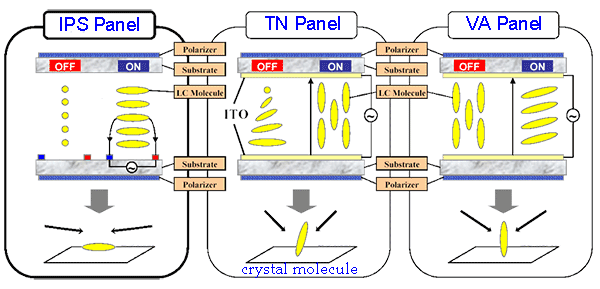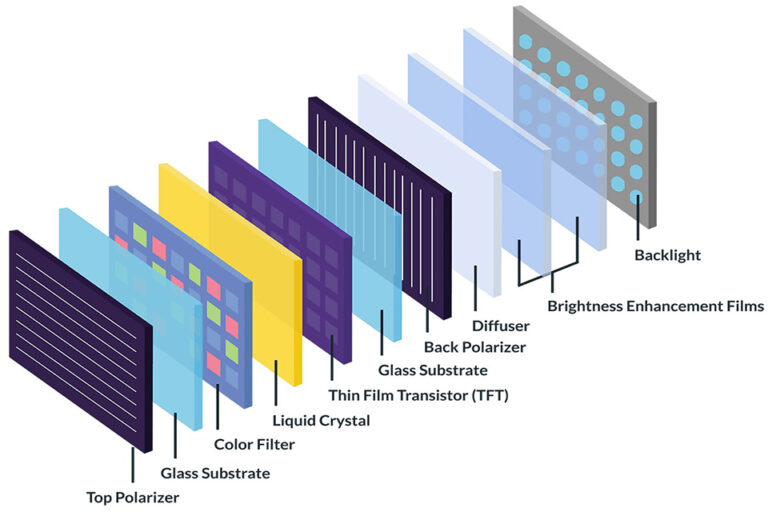Knowledge
In today’s screen-dominated world, we often take for granted just how clearly we can view content on displays—from phones and tablets to medical monitors and car dashboards. One of the…
If you’re designing an interface for a custom display solution, selecting between a capacitive vs resistive touchscreen is a decision that can impact everything from user experience to environmental resilience….
When it comes to high-performance screens in consumer electronics, wearables, or industrial devices, two display technologies dominate the landscape—AMOLED and IPS. Both have transformed how we view and interact with…
Choosing the right LCD display panel type is critical when designing industrial monitors, medical devices, or custom touch interfaces. The three main panel types—TN (Twisted Nematic), VA (Vertical Alignment), and…
In the world of embedded systems and microcontroller projects, two platforms often stand out for their versatility and widespread use: STM32 and Arduino. Both have their strengths and weaknesses when…
In the digital age, Thin-Film Transistor Liquid Crystal Displays (TFT-LCDs) have become ubiquitous, powering devices such as smartphones, tablets, televisions, and computer monitors. Renowned for their superior display quality, high…
In modern display technology, Resolution Scale has become an important tool for optimizing visual performance and enhancing device functionality, especially in applications like medical, IoT (Internet of Things), and smart…
Thin-Film Transistor Liquid Crystal Displays (TFT-LCDs) have become the cornerstone of modern display technology, powering everything from smartphones and televisions to computer monitors and automotive displays. However, the manufacturing process…
The keyword phrase “TFT IPS vs IPS” commonly appears in technical specifications, yet it often leads to confusion. Are these two different technologies, or merely linguistic variants? To clarify, this…
The phrase “TFT vs LCD” is a common search query—but it’s also a misleading one. That’s because TFT (Thin-Film Transistor) is not a competitor to LCD—it’s a type of LCD…


